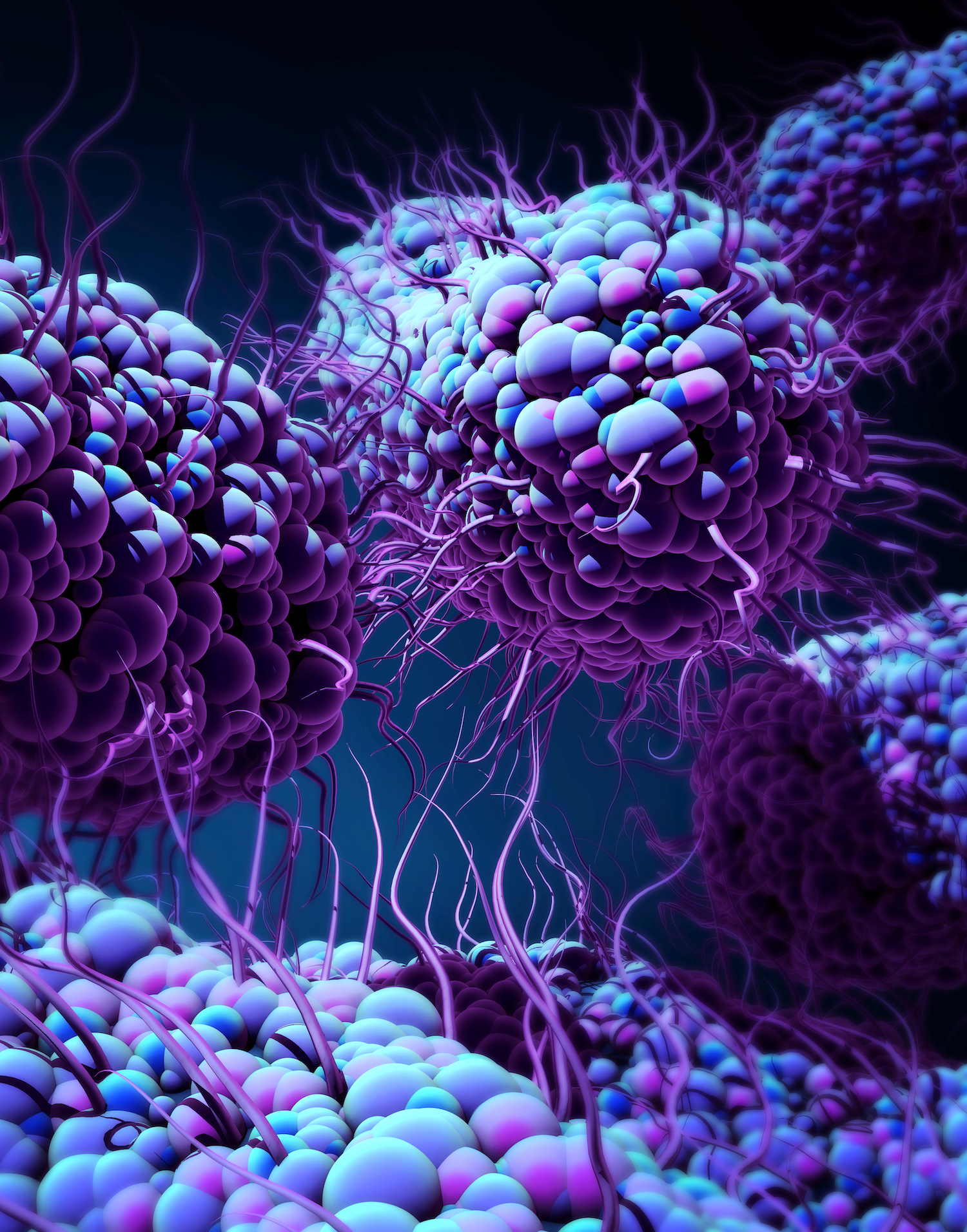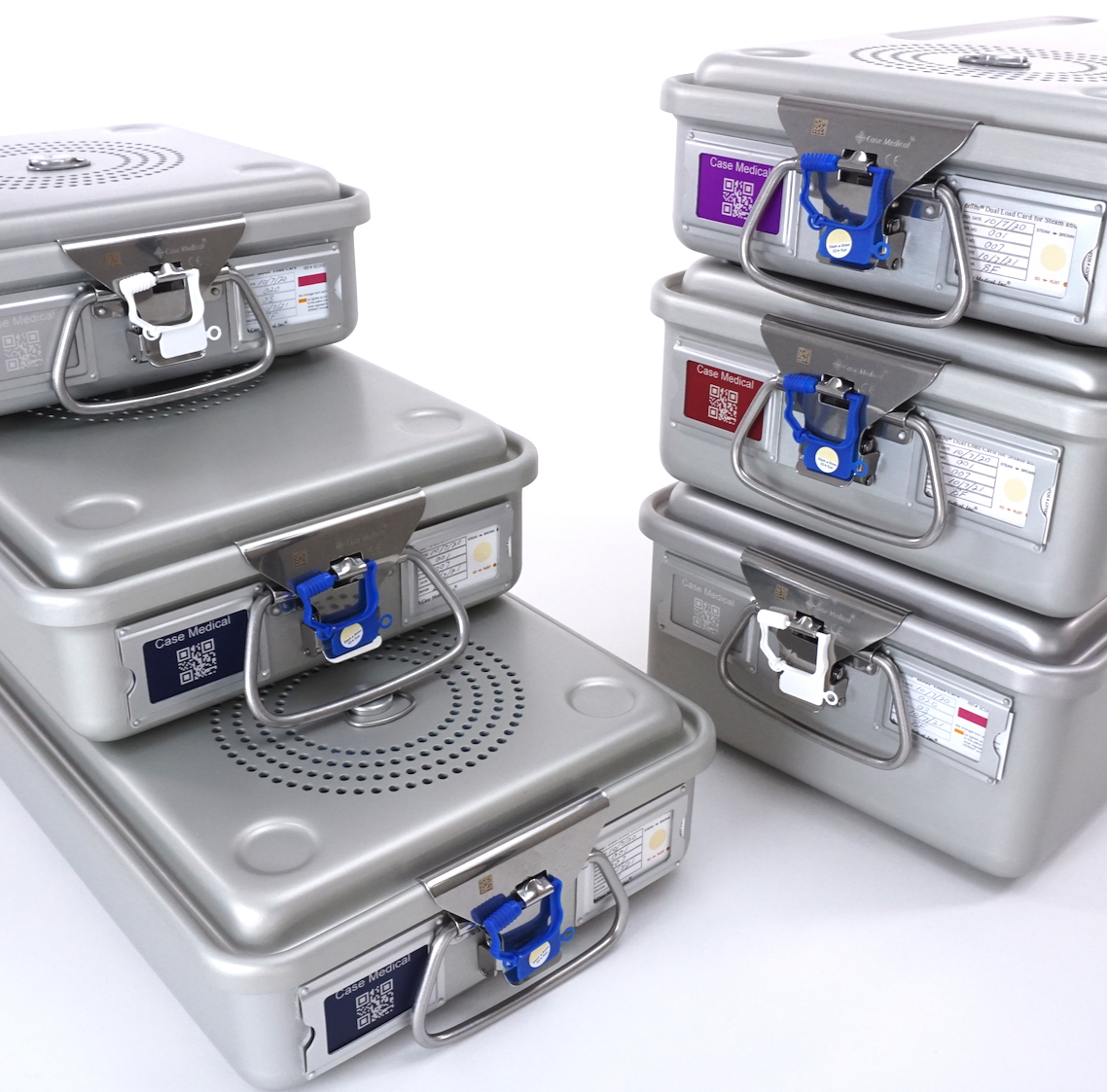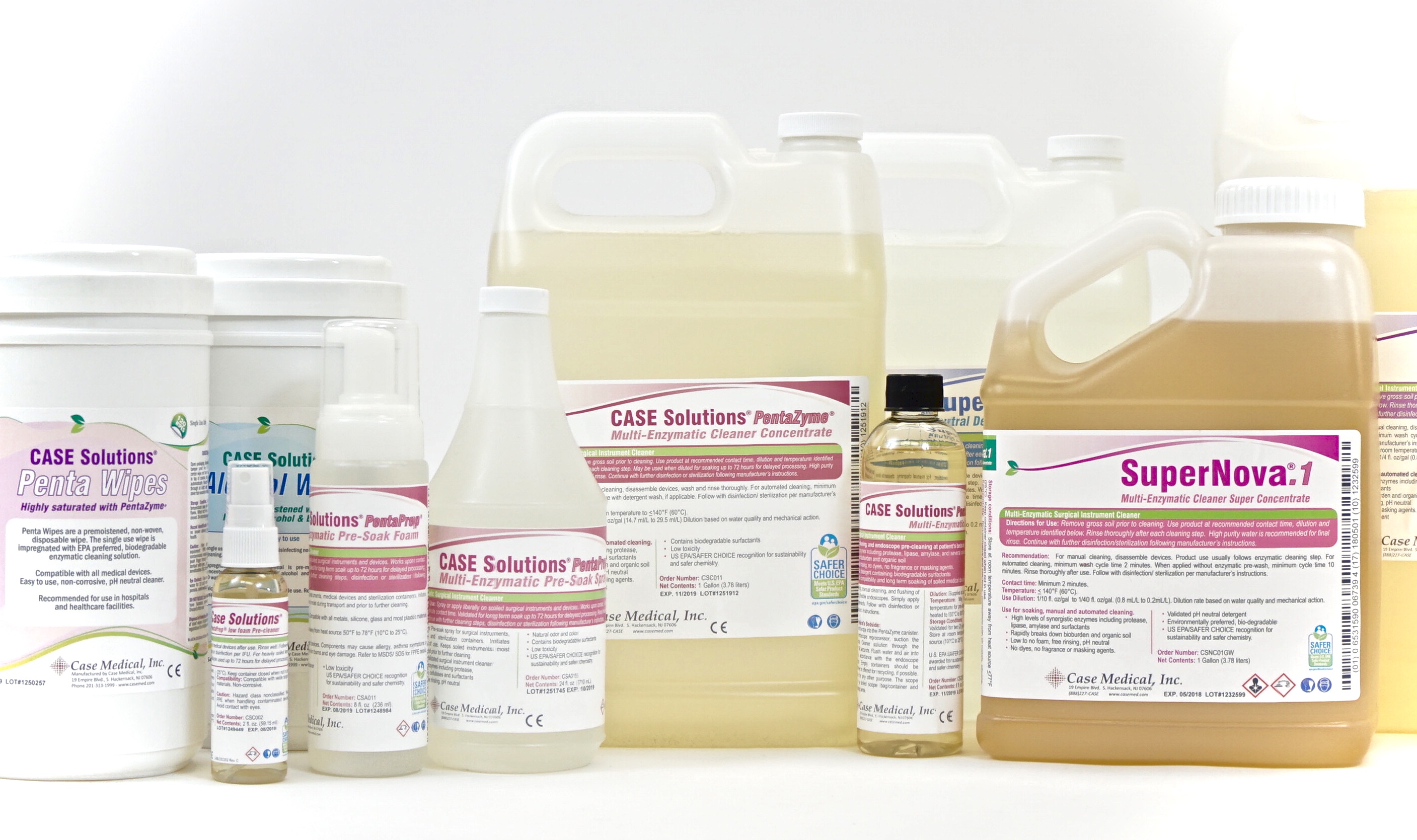
Forests are Fundamentally Cooperative Places
Sometimes we get too involved in the details of a problem to look at the situation as a whole. Few recent scientific discoveries have captured the public’s imagination quite like the wood-wide web — a wispy network of fungal filaments hypothesized to shuttle nutrients and information through the soil and to help forests thrive. Scientists and nonscientists alike have posited that shared fungal networks are ubiquitous in forests around the world, that they help trees talk to and nourish each other much like our neurological and digestive systems do in the human body.
Ref: NYTimes
Even Bacteria Cooperate with Each Other
You can’t play tic-tac-toe alone, and even jumping rope requires at least 3 people; it’s the same for bacteria. These tiny organisms, which live unseen on almost every surface may live as independent cells. However, sometimes bacteria need to form larger groups to do new things, like protect themselves. Bacteria use chemicals to communicate with each other. When a minimum number of bacteria are in a certain area, they can suddenly change what they’re capable of doing by forming colonies with different physical abilities, producing different chemicals, and behaving in ways that can make them harder to get rid of. Having systems for knowing when conditions are right to take action is something bacteria have mastered, and it’s a skill people often could use as well.
Ref: AskNature


The Cooperative Human
Cooperation lies at the heart of human lives and society, from day-to-day interactions to some of our greatest achievements. Successful cooperation requires not only cooperative choices, but also a way to signal your intent through communication and recognizing the good qualities of potential partners. Conversely, a strong barrier to cooperation is simply lack of communication, adherence to a false set of beliefs and refusal to consider any other options. Even in difficult situations, nonetheless, there is a desire for all humans to cooperate and the evidence suggests that we are naturals at it.
Ref: Nature
Case Medical Takes a Cue from Nature
Since our company started three decades ago, we’ve looked for safer, more sustainable options that improve performance and simply make sense. Take for example our MediTray sterilization trays and our SteriTite containers. When the industry went to plastic, we stayed the course and continued to develop our line of anodized aluminum containers and trays. A single SteriTite container can replace hundreds if not thousands of single use blue-wrap, preventing hundreds of pounds of non-woven plastic from ever entering the environment.


When caustic cleaners commonly used at the time were eroding the protective anodized surface of our trays and your medical devices, we put our heads together and developed a line of pH neutral, environmentally preferred, validated instrument chemistries that became Case Solutions and SuperNova. Our U.S. EPA certified cleaners were designed to be highly concentrated, to reduce packaging waste, save water, and reduce energy consumption, and meet both EPA and AAMI standards as ideal cleaning agents.
Cooperation, Collaboration and Communication
Simply put cooperation and communication are fundamental to creating a successful and thriving community, regardless of whether you’re a tree in the forest, a bacterium in the gut, or a human in society. This sentiment is the foundation for all we do at Case Medical. Our 360˚ approach ensures that everything we make works in harmony with each other, with the environment, with the intended use, and provides you with everything needed for safer outcomes. As a 2022 U.S. EPA Safer Choice Partner of the Year, Case Medical has been recognized as a manufacturer/formulator whose products are highly effective, equal to or best in class, safer for people, the environment, and the planet.

Visit us at www.casemed.com to learn more about our products and how they can help your facility lighten its impact on the environment for the good of us all. Look for the Safer Choice label on our products and on those at your local market.
Marcia Frieze and the Case Medical team





